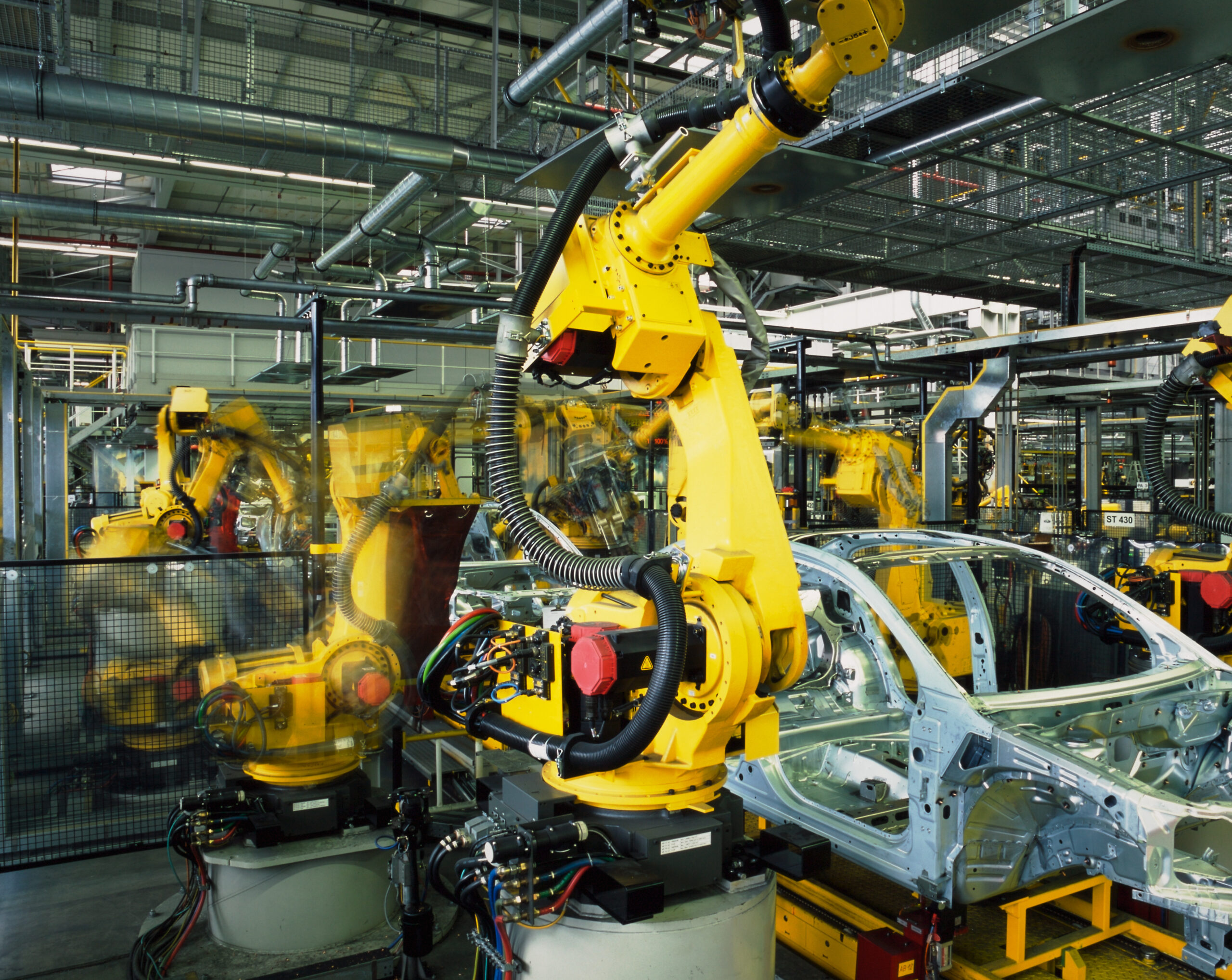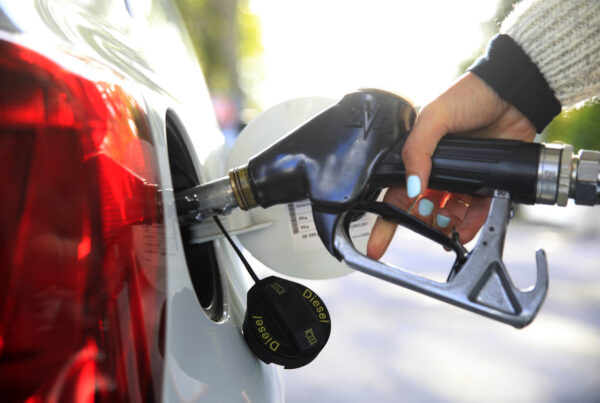Australian e-Mobility technology company SEA Electric has shown their approval and support of the new report by the Australia Institute’s Carmichael Centre, Rebuilding Vehicle Manufacturing in Australia: Industrial Opportunities in an Electrified Future.
The report focuses on the possibilities for the local EV manufacturing sector while offering multiple recommendations such as:
- establishing an EV Manufacturing Industry Commission
- tax incentives for key mineral extraction companies and the local manufacturing of EV batteries
- long-term training plans
- incentives for global manufacturers
- procurement laws for the rapid electrification of government vehicle fleets
SEA Electric has been in the EV manufacturing sector since the release of their zero-emissions technology in 2017. SEA Electric’s President, Bill Gillespie has expressed their support for this report and the recommendations it holds, agreeing with the potential for the EV manufacturing space in Australia.
“Being pioneers in the zero-emissions logistics sector, we understand the outstanding possibilities that are available, with the opportunity for Australia to be a leader in the field internationally,” said Gillespie.
“Since the closure of the Australian car manufacturing industry, there remains a sophisticated skills base locally, as evidenced in our local design and engineering team.”
The report’s lead author, Dr Mark Dean insists Australia can be an EV manufacturing powerhouse.
“When it comes to creating an EV manufacturing sector, Australia enjoys advantages other nations would die for: rich reserves of lithium and rare earths, strong industrial infrastructure, a highly skilled workforce, powerful training capacity, abundant renewable energy options, and untapped consumer potential,” he says.
“And contrary to popular belief, we wouldn’t be starting from scratch. Thanks to the resilience of our remaining automotive manufacturing supply chain, a surprising amount of auto manufacturing work – including components, specialty vehicles, and engineering – still exists here.”




















